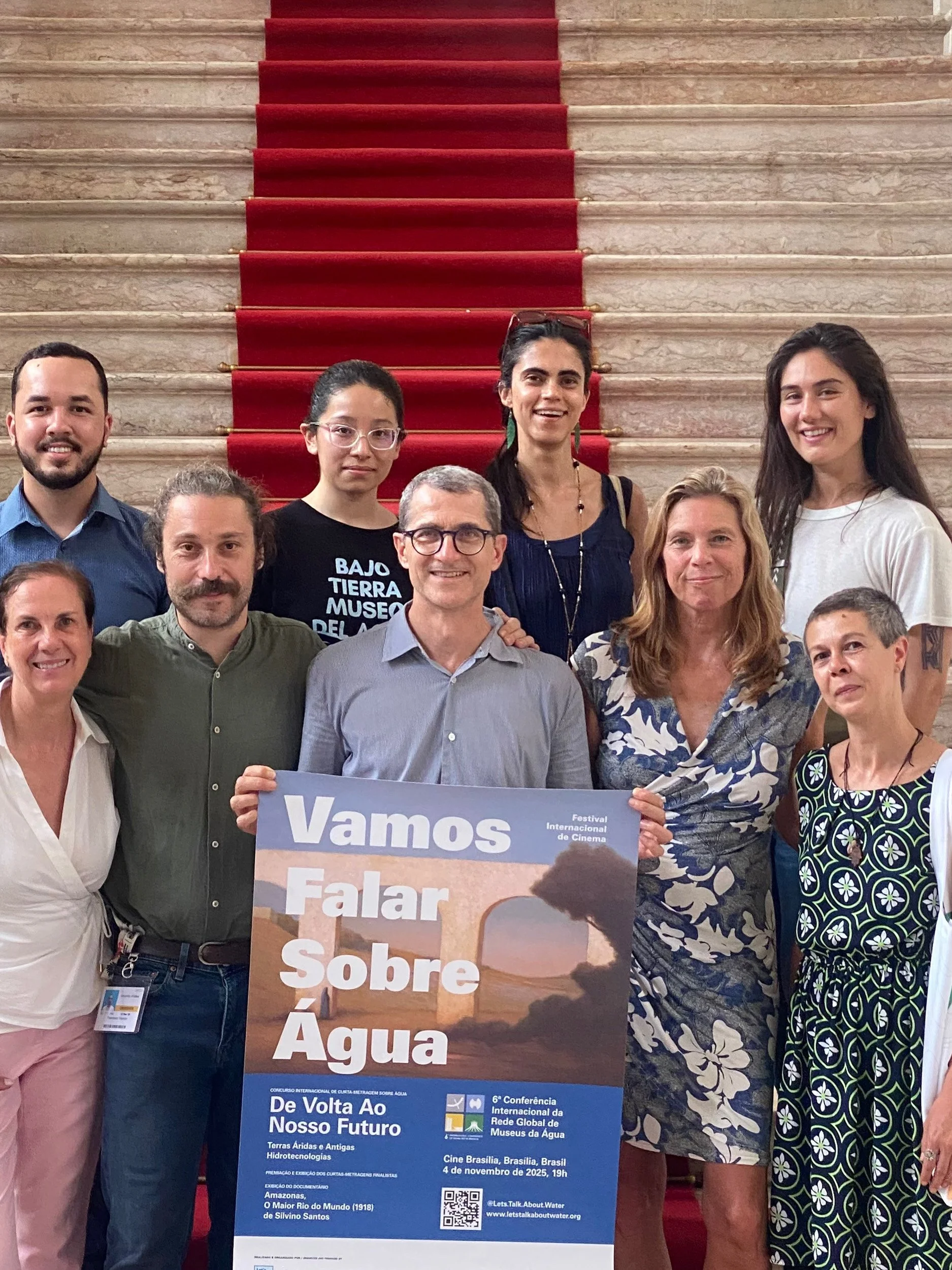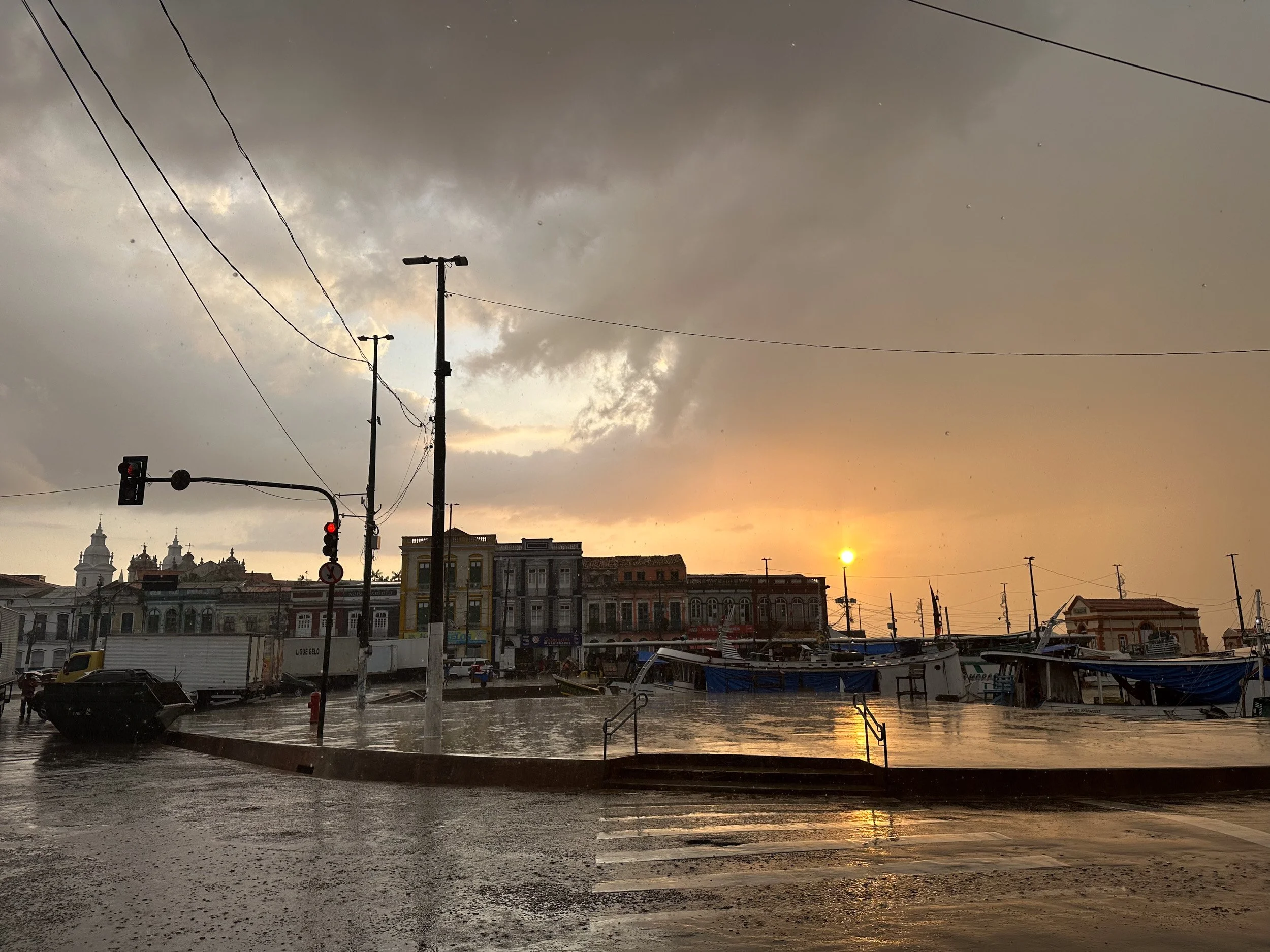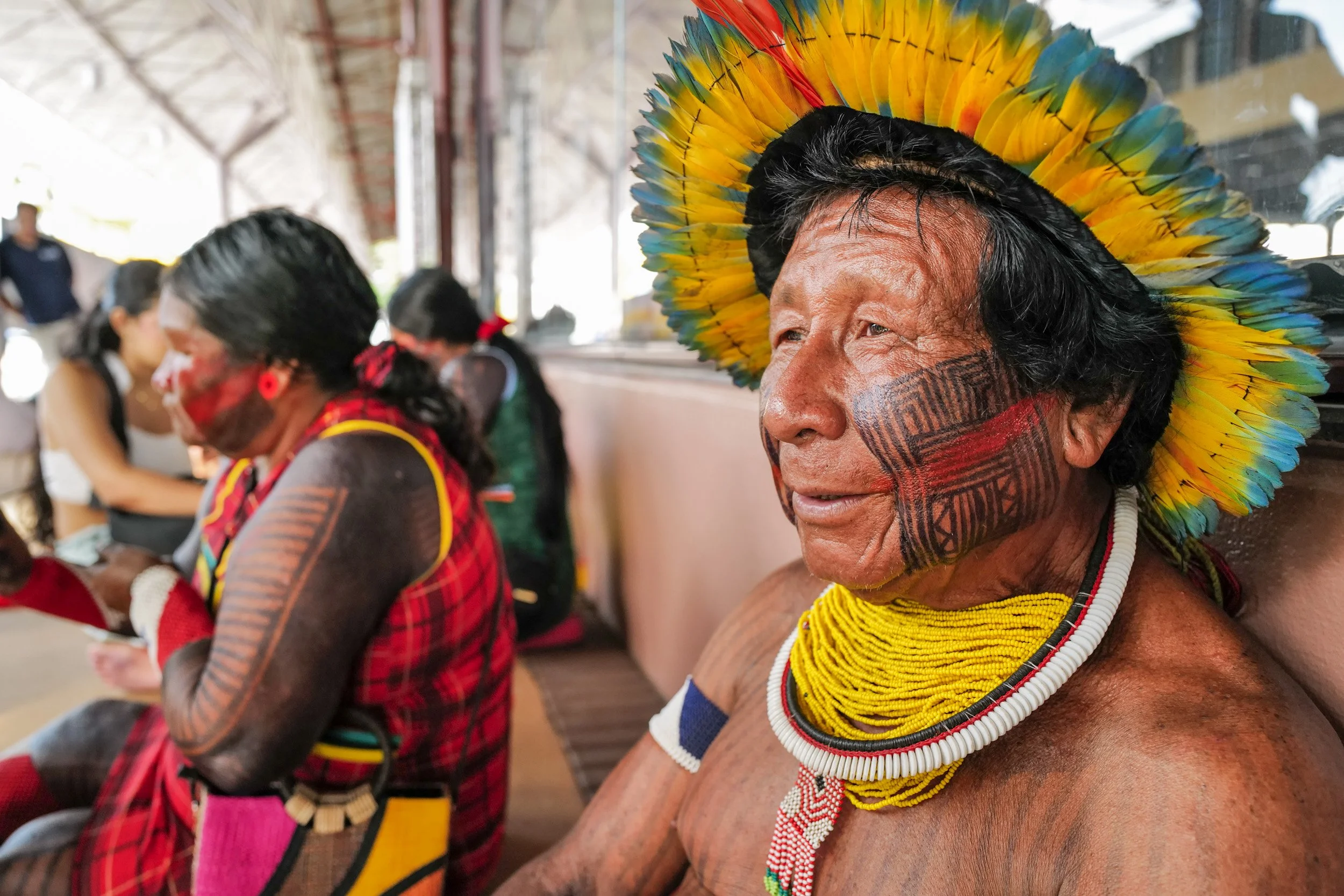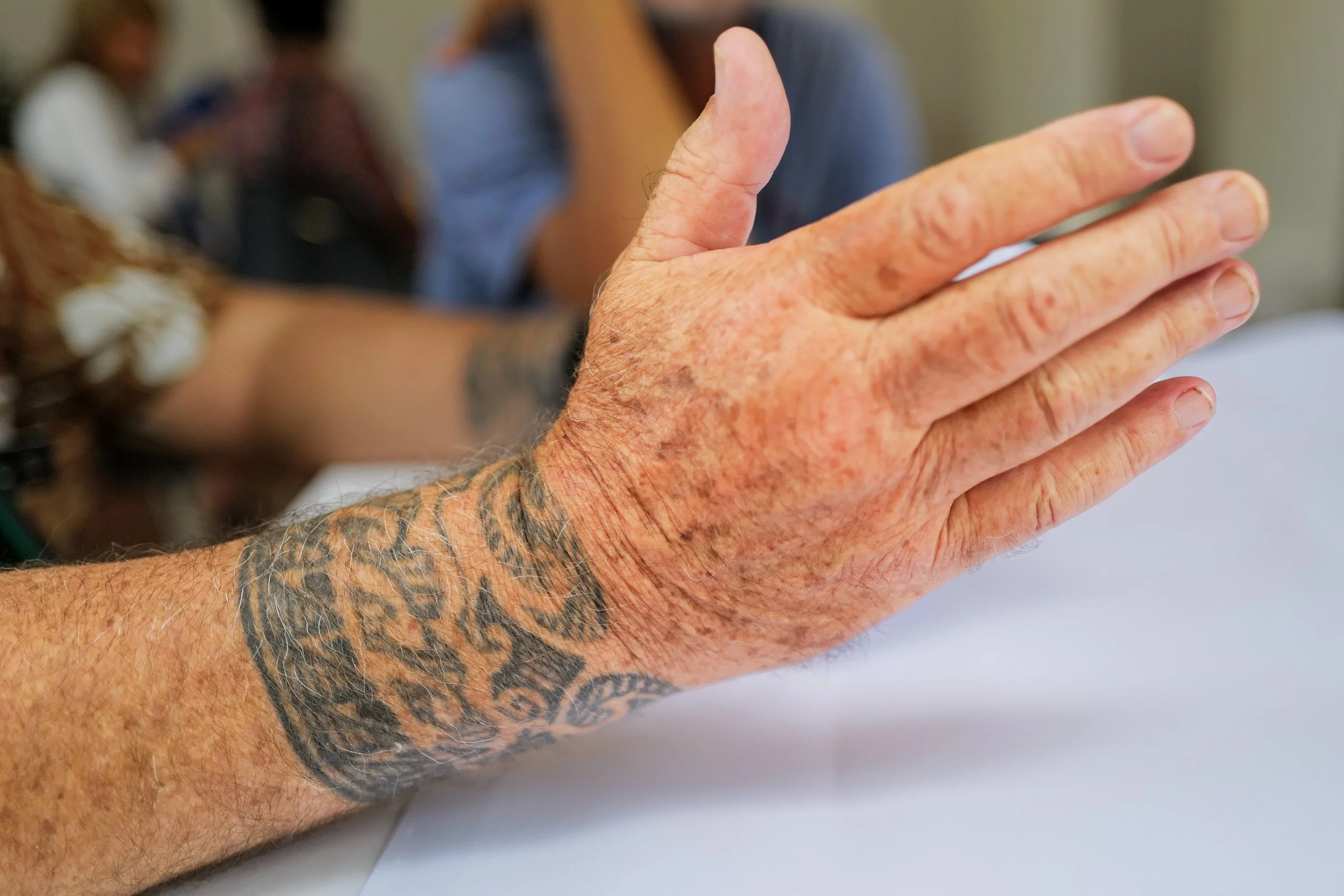ACADEMIC SOLASTALGIA - A New Portrait Project from COP30 by Pia Parolin
ACADEMIC SOLASTALGIA - A New Portrait Project from COP30
I am writing from Belém, in the saturated heat of COP30, after days of listening to scientists, policy makers, and water practitioners. They all speak about a world sliding into ecological instability. It is a familiar environment for me: conferences, discussions, and technical drafts. But this time I did something different.
I started to see the people behind the expertise.
Not the public faces, not the panel voices.
The human ones.
This project, which I am officially launching here, grew out of moments in Brasília and Belém that were never part of the official program. They were conversations in corridors, reflections between sessions, quiet pauses near windows where the rainforest air meets air-conditioned exhaustion.
For decades I have worked in wetlands, mostly in Brazilian Amazonia and the Pantanal, the world’s largest floodplains. My first time there was in 1986, when I was 21. As a tropical ecologist with a PhD in biology and a photographer since childhood, I have seen ecosystems change. But I am also witnessing something else: the emotional impact of these changes on the very people who study them.
Many scientists today live with what we might call academic solastalgia. It is the deep, internal erosion that comes from watching one’s research subject collapse faster than collective action evolves. It is not burnout. It is not pessimism. It is the human cost of knowing so much, of having produced so many data, and still not seeing results that correspond to our knowledge.
This is where my project begins. I officially launch it with this article.
I spent the whole month of November 2025 in Brazil. There, I had unique access to researchers and practitioners who are shaping water-related futures. They are all intelligent, smart, somewhat idealistic people, hydrologists, ecologists, educators, conservationists. Between presentations and meetings, I photographed them as I would photograph people in the street: through gesture, atmosphere, vulnerability, and presence. I asked short, direct questions. Their answers were honest, unfiltered, sometimes painful.
A scientist confessed that reading new climate papers feels “like being punched in the stomach.”
Another said she “hides her despair from her students.”
A third told me he stays in science “only because walking away would feel like betrayal.”
These are not statements of defeat. They are reflections of responsibility. They are what the ecological crisis looks like from within.
This project exposes the blindness of an establishment that lets the world decay for the benefit of a tiny, affluent elite. And this is precisely the kind of structural failure the SDGs were meant to confront.
This is not a documentary series in the classic sense. It is a portrait project, intimate, psychological, made in collaboration with people who are carrying both scientific authority and emotional vulnerability.
I aim to show their integrity, their contradictions, their fatigue, their insistence on hope even when hope feels unreasonable.
The project is only at its beginning. Brazil is where it starts: the first portraits, the first fragments of interviews, the first attempt to give visual form to a crisis that is usually left outside the frame. In the coming months I will continue this work in Europe and beyond, creating a larger body of images and stories that will grow into a book and into exhibitions that invite the public to see the emotional dimension of scientific work. I am not walking this path alone. Two exceptional photographers support and challenge me: Lois Lammerhuber, who pushed me to take on this work, and Hans-Jürgen Burkard, who helps me see and photograph these scientists in the way they deserve.
The main idea is to show that behind every climate graph is a human being. Behind every dataset is someone who cares. And behind every scientific warning is a person who has felt, in their own body, what is at stake.
This project is a tribute to those people.
To the scientists who stay.
To the ones who doubt but continue.
To the ones who carry responsibility heavier than their institutions admit.
Academic Solastalgia begins here, with these first portraits from Brazil, an attempt to show the quiet, resilient humanity at the frontline of the ecological crisis.
Pia Parolin, Brazil, November 2025


















